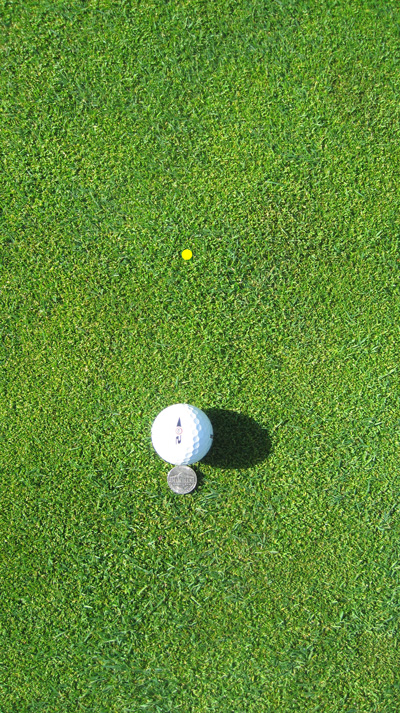When I go to the range, I practice chipping a lot. I am really good at chipping, if I may say so.
I get four golf balls, chip them to a hole, and putt them out. Chipping is the up part. You have to practice the down part, too.
Sometimes I’ll not use a putter to putt out with, though. I’ll just walk up there with my wedge and putt out with it. And you know, they all go in! I even make six-footers by just walking up and knocking the ball in with the leading edge of a wedge.
You know why? Because I don’t care if the ball goes in. I’m just cleaning up. There is no pressure on the “putt” because I don’t put on any.
Maybe that’s the way we should hit short putts on the course. Just walk up, take a quick read, and hit the putt (but with your putter, of course).
But we don’t do it because if we did miss one, we would say. “See? I didn’t take care and look what happened,” forgetting that if you had taken care you might have missed it anyway, not because of your read, or your stroke, but because of your mental approach.
So if you aren’t satisfied with your short putting, try caring bit less. Maybe a lot less. I’ll think you will miss fewer, and make more.
Worth a try.
By the way, short putts never break as much as you think they will if you hit them hard enough. You know, don’t give away the hole?



